Tips for Starting Your Art Collection
Starting an art collection is an exciting journey that allows you to surround yourself with beauty, culture, and creativity. Whether you’re drawn to paintings, sculptures, or artisan handcrafts, building a collection can be a fulfilling and rewarding experience. Here are some essential tips to help you begin your art collection, choose pieces wisely, and care for them properly.
1. Discover Your Taste
Before purchasing art, take the time to explore and understand what appeals to you. Visit galleries and museums and and browse online collections to get a sense of different styles, mediums, and artists.
• Keep a journal or create a digital folder with images of artworks you like. Note down the reasons why certain pieces resonate with you—this will help refine your taste and guide your future purchases.
2. Set a Budget
Art can range from affordable prints to high-end originals, so it’s essential to set a budget that suits your financial situation. Starting with smaller, less expensive pieces can be a great way to begin without significant upfront investment.
• Decide on a monthly or annual budget for your art purchases. This will help you manage your spending and make thoughtful, deliberate choices.
3. Do Your Research
Learn about the artists and the artworks you are interested in. Researching an artist’s background, style, and body of work can provide valuable context and deepen your appreciation for their pieces.
• Look into the artist’s exhibition history, awards, and whether their works are held in any public or private collections. This information can also give you insight into the potential future value of the artwork.
4. Buy What You Love
While it’s tempting to buy art as an investment, the best approach for new collectors is to purchase pieces that you genuinely love and want to live with. Art should bring you joy and enhance your living space.
• Trust your instincts and choose pieces that speak to you on a personal level. Your collection will be more meaningful and enjoyable if it reflects your tastes and passions.
5. Visit Local Galleries and Art Shows
Supporting local artists and galleries, like Glass Growers Gallery, is a fantastic way to find unique, original pieces. Local galleries often showcase a diverse range of artworks and provide opportunities to meet and interact with artists.
• Attend gallery openings to discover new artists and pieces. Building relationships with local galleries can also provide access to exclusive events and early previews of new works.
6. Understand the Medium
Different art mediums require different care and display considerations. Understanding the basics of various mediums—such as oil paintings, watercolors, ceramics, and metalwork—will help you make informed decisions and properly care for your collection.
• Ask the gallery about the best ways to preserve and maintain the specific type of art you are purchasing. This knowledge will ensure your pieces remain in excellent condition for years to come.
7. Consider Framing and Display
Proper framing and display are crucial to protecting and showcasing your art. For work that is not already framed, invest in high-quality frames and consider professional framing services for valuable or delicate pieces.
• Choose frames that complement the artwork and your home decor. Pay attention to lighting and placement to highlight each piece effectively without causing damage from direct sunlight or moisture.
8. Rotate Your Collection
As your collection grows, rotating pieces periodically can keep your decor fresh and give different artworks the spotlight. This practice also helps preserve art by reducing prolonged exposure to light and environmental factors.
• Create a rotating schedule and store artworks properly when they are not on display. Use acid-free materials and avoid extreme temperatures and humidity.
9. Document Your Collection
Keeping detailed records of your art collection is essential for insurance purposes, provenance, and personal reference. Document each piece with photographs, receipts, artist information, and any related paperwork.
• Maintain a digital and physical inventory of your collection. This will make it easier to manage, insure, and eventually pass on or sell pieces if desired.
10. Seek Professional Advice
If you’re serious about building a substantial art collection, consider seeking advice from gallery owners or experienced collectors. Professional guidance can provide valuable insights and help you make informed decisions.
• Join art collector groups or forums to connect with others who share your interest. Networking with other collectors can lead to new opportunities and enrich your collecting experience.
Starting an art collection is a personal and evolving journey. By following these tips, you can make informed choices, support local artists, and create a collection that brings beauty and inspiration into your life. Visit Glass Growers Gallery to explore a refined selection of paintings, photographs, sculptures, and artisan handcrafts, and begin your art collection with pieces that truly resonate with you.


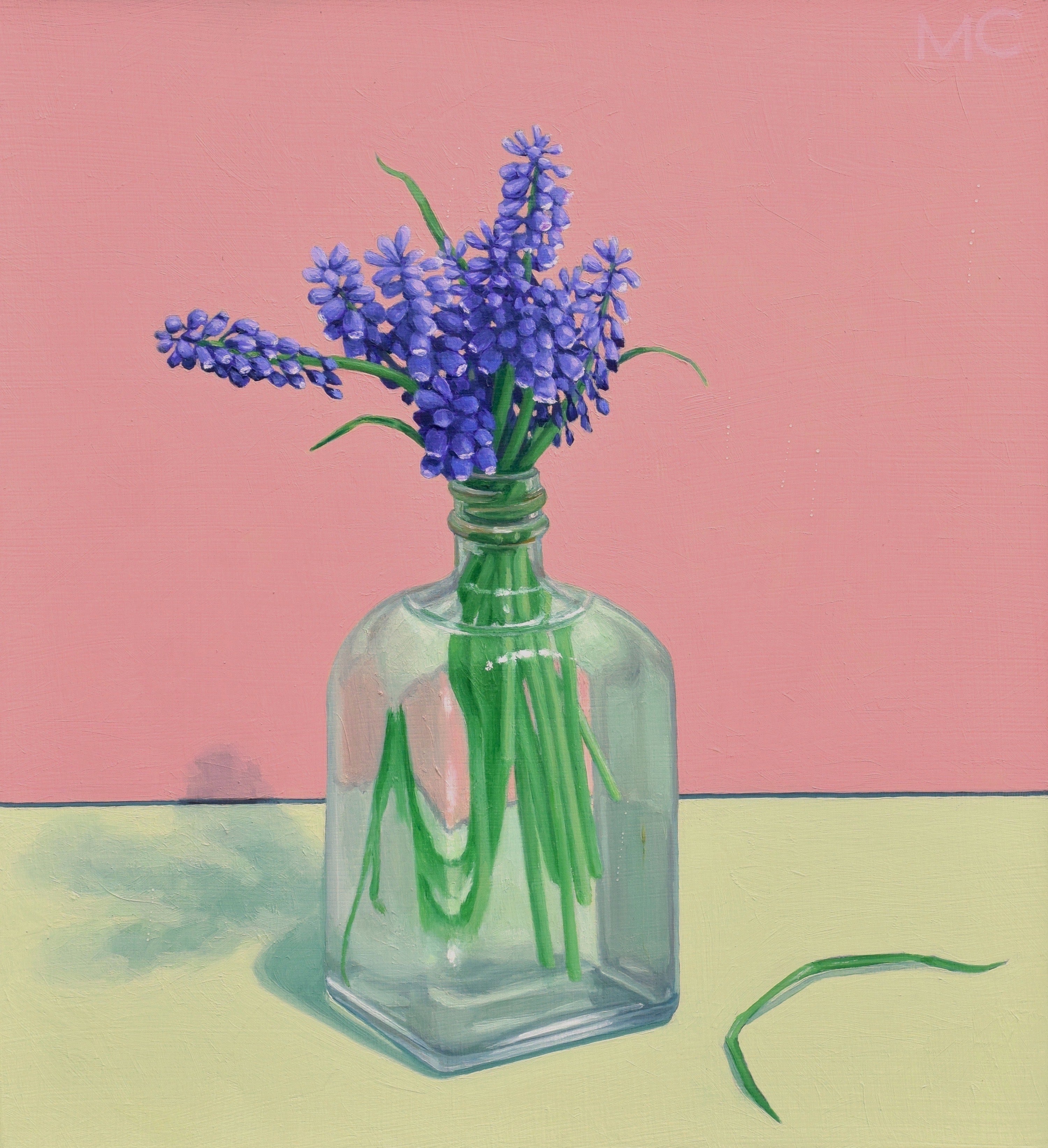
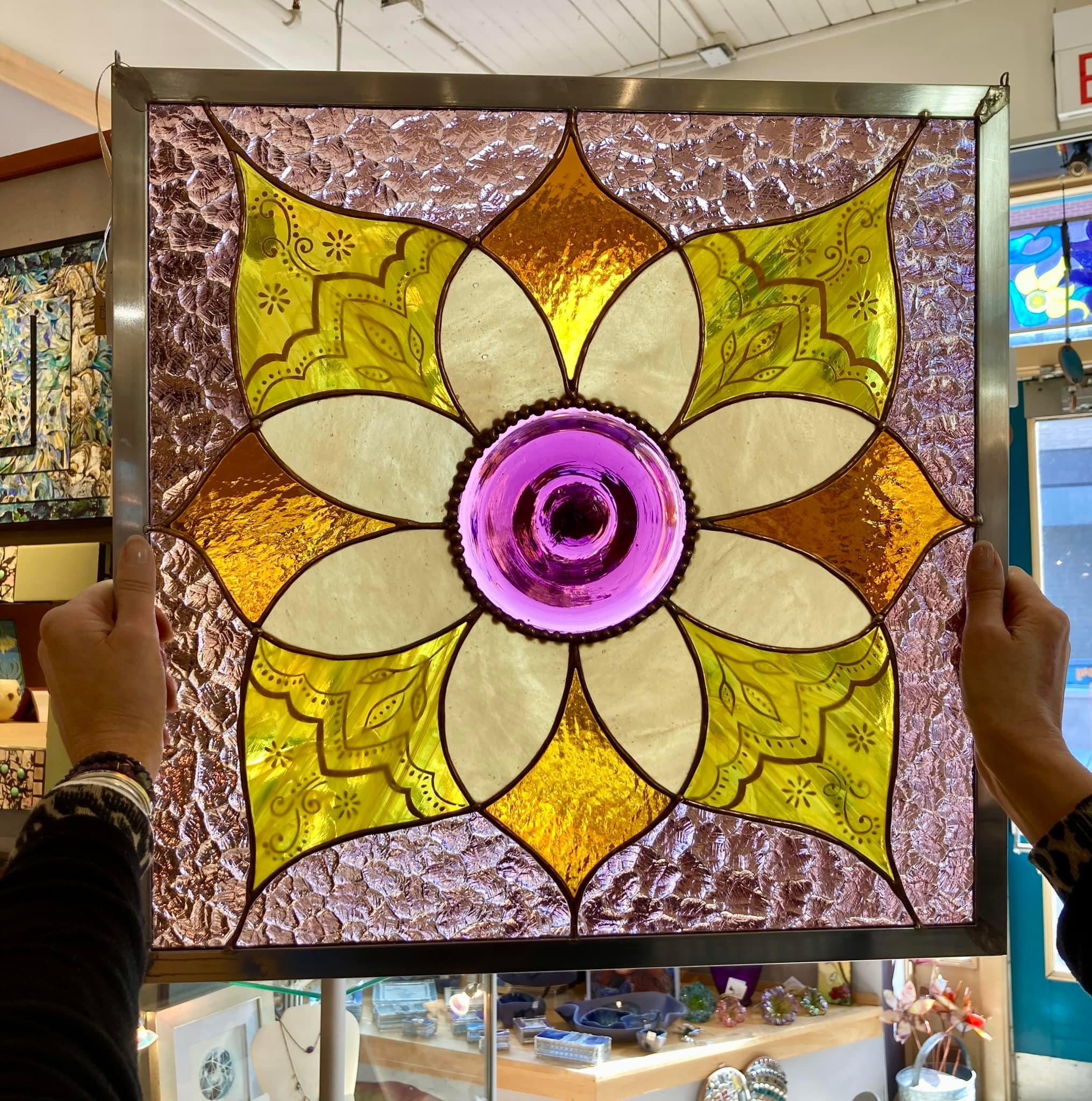
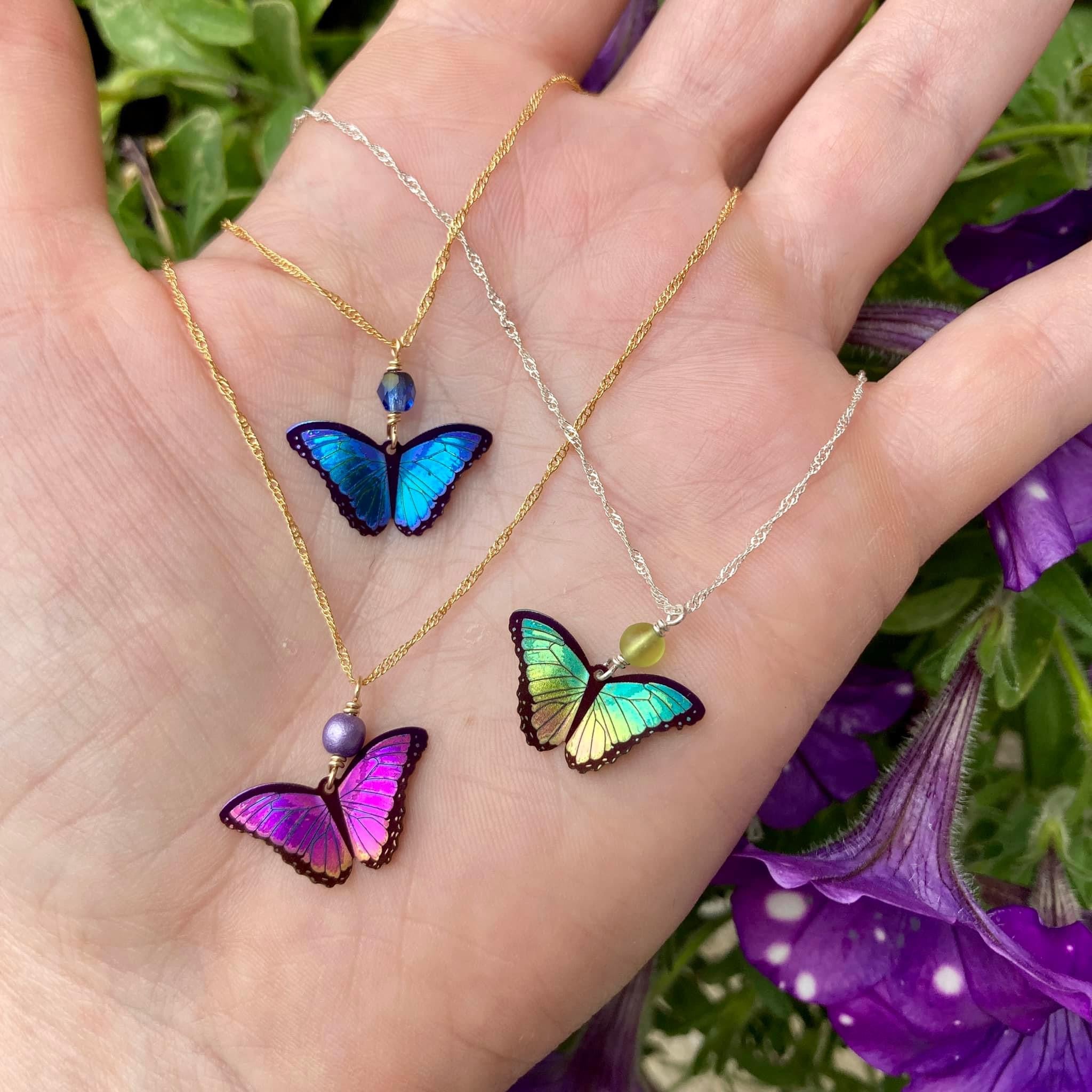
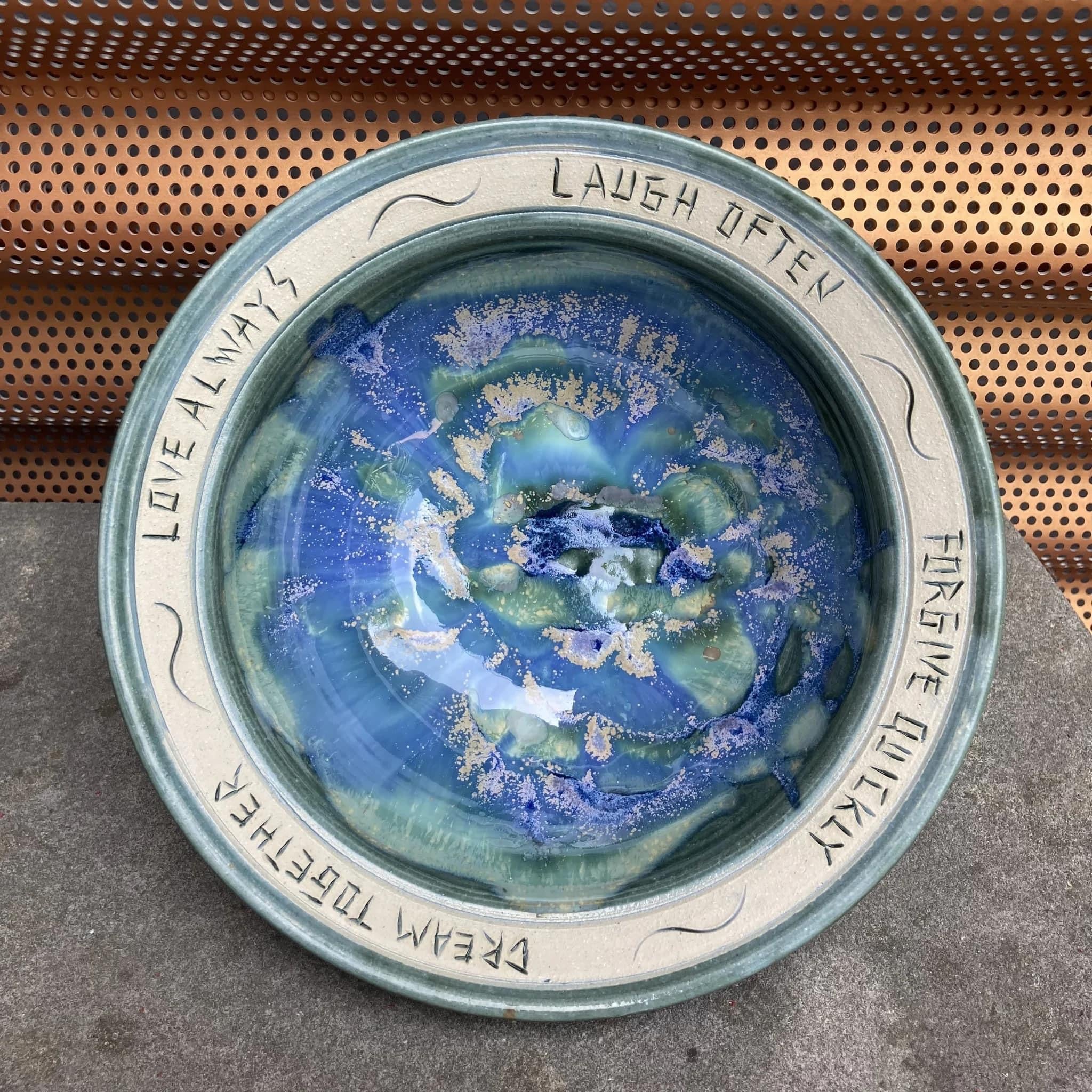

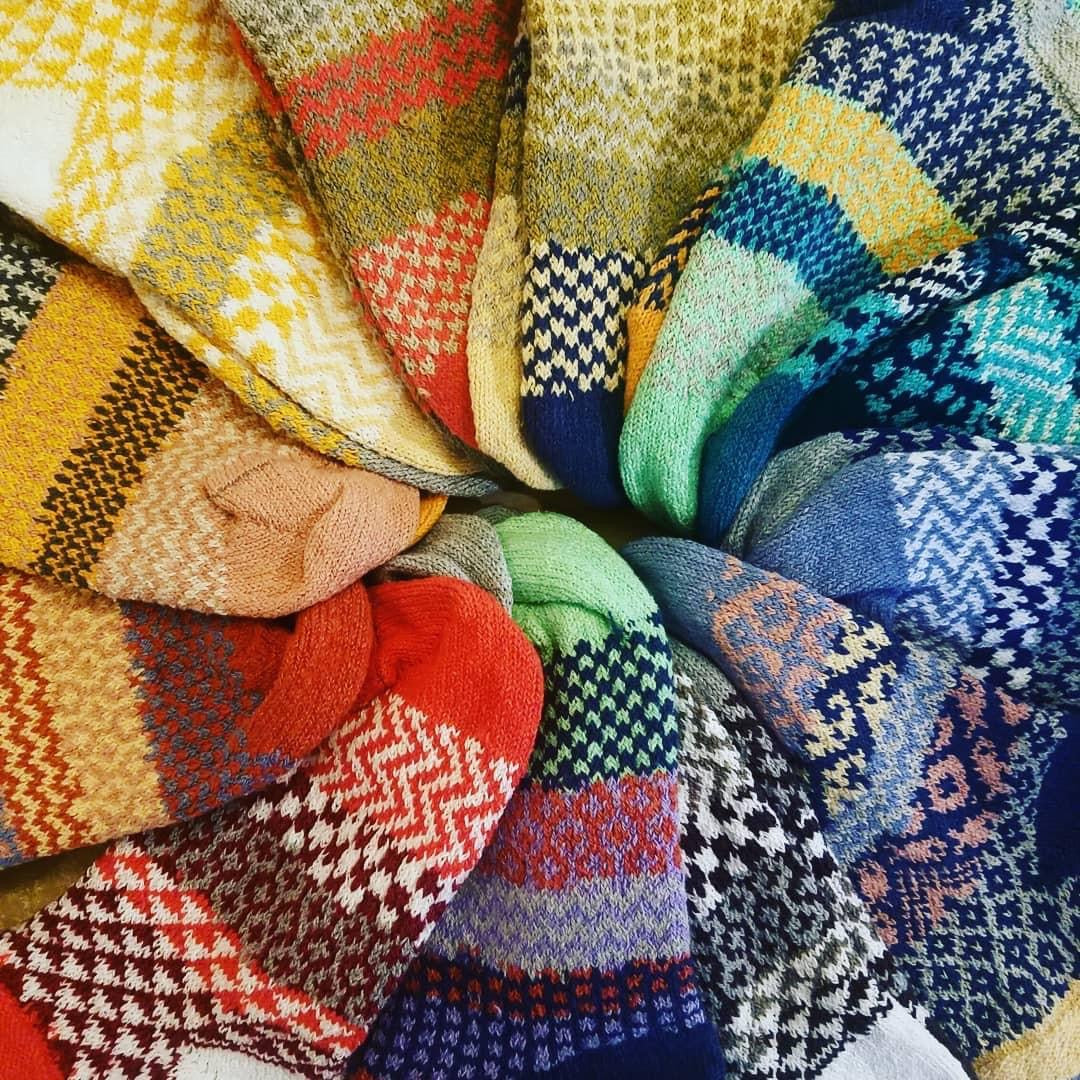
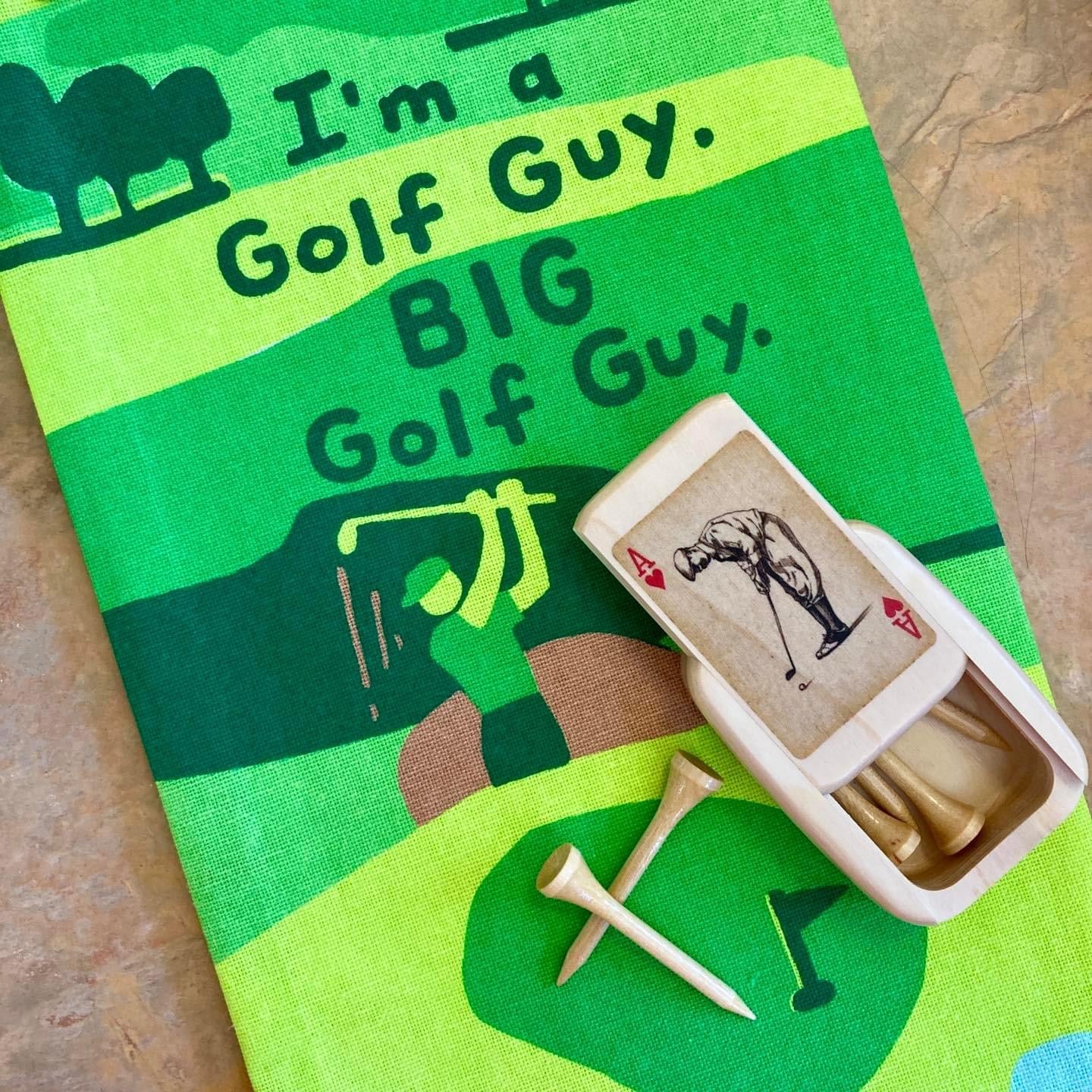


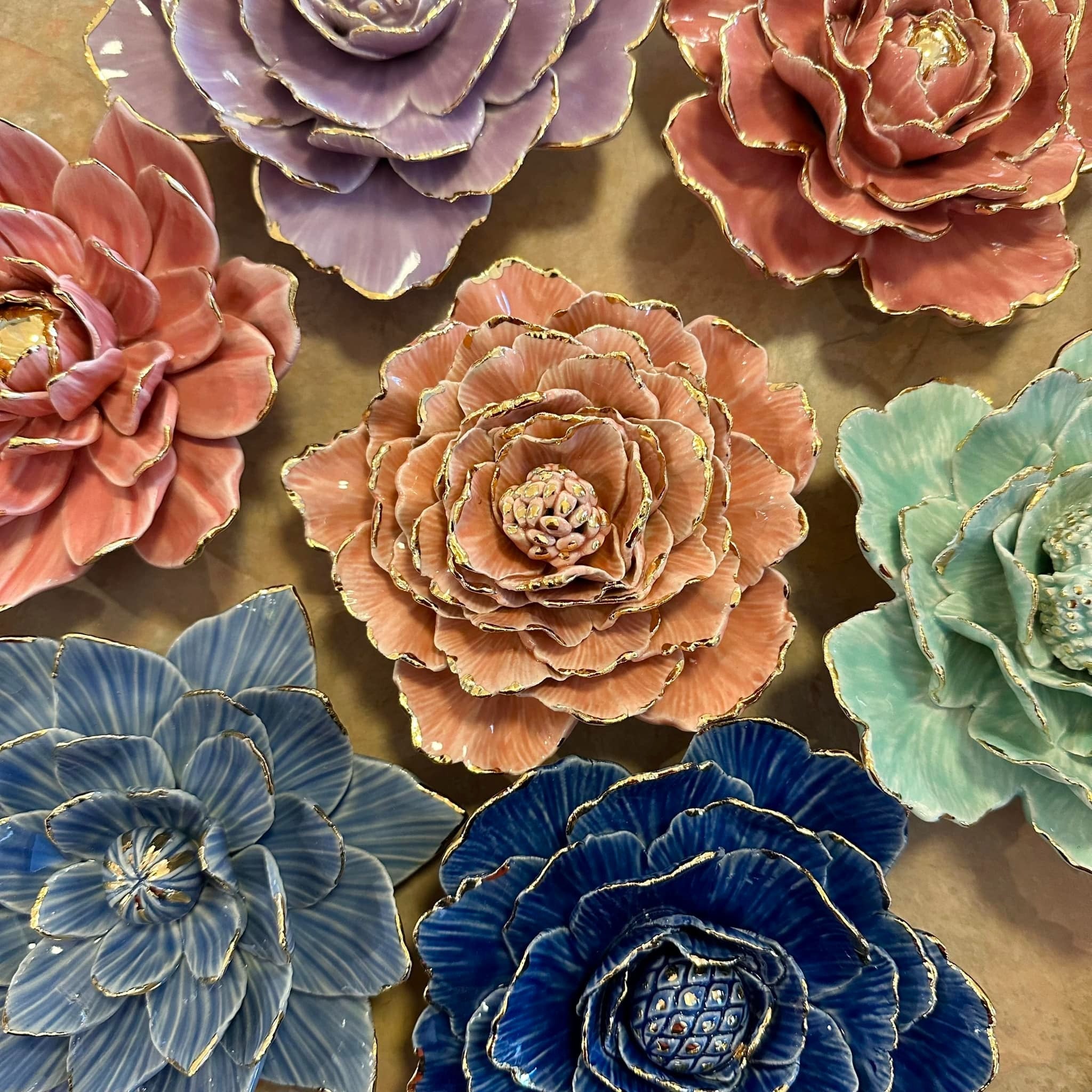
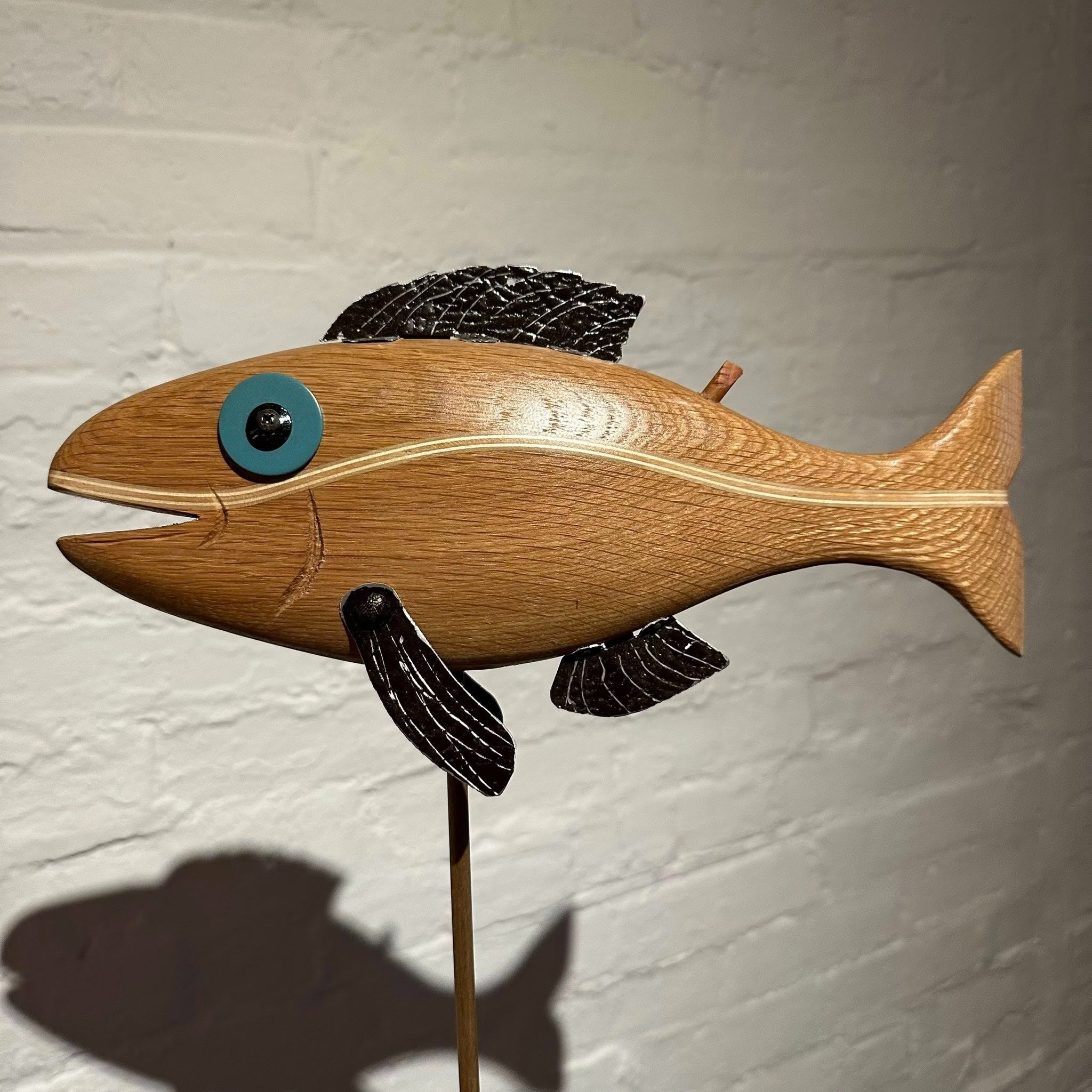
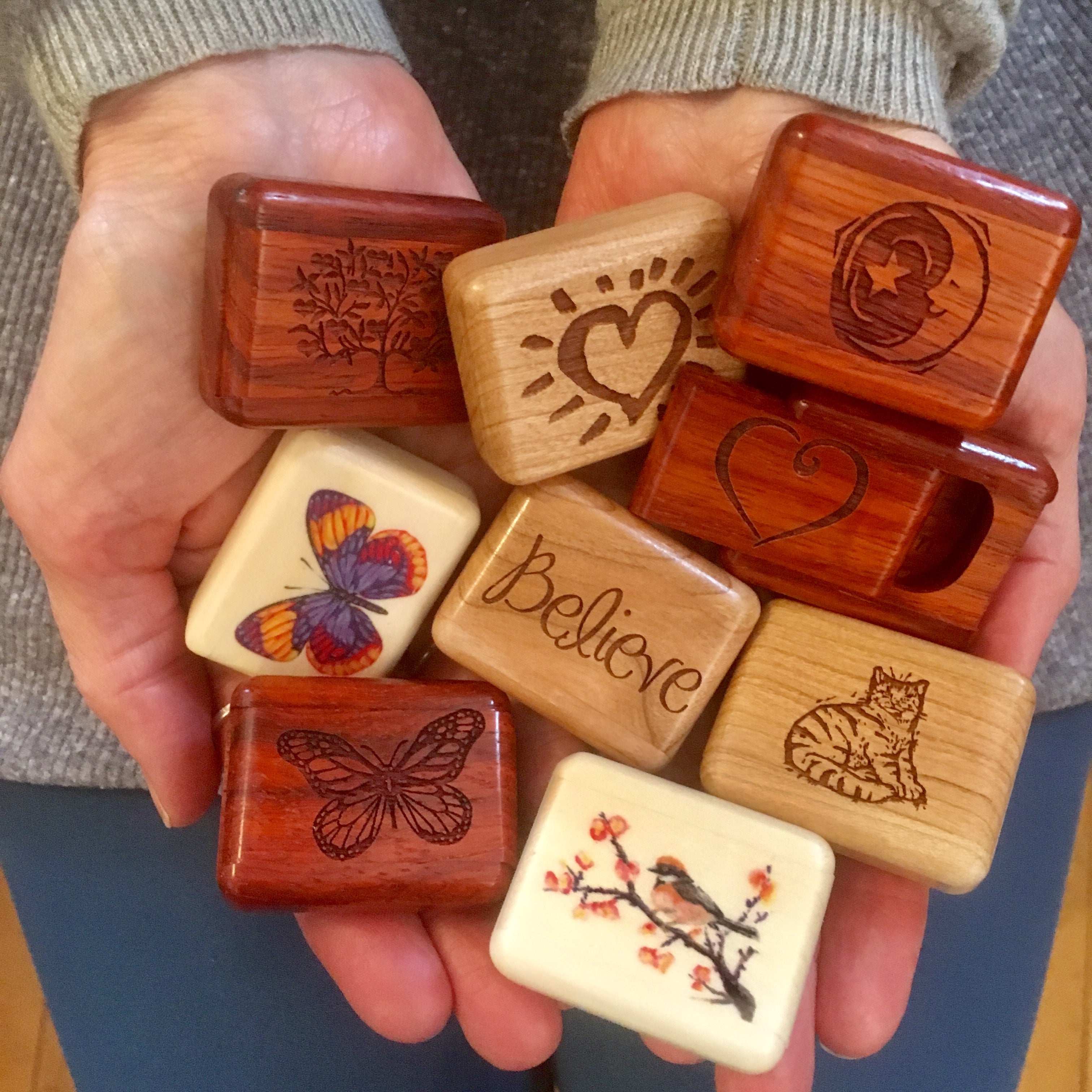


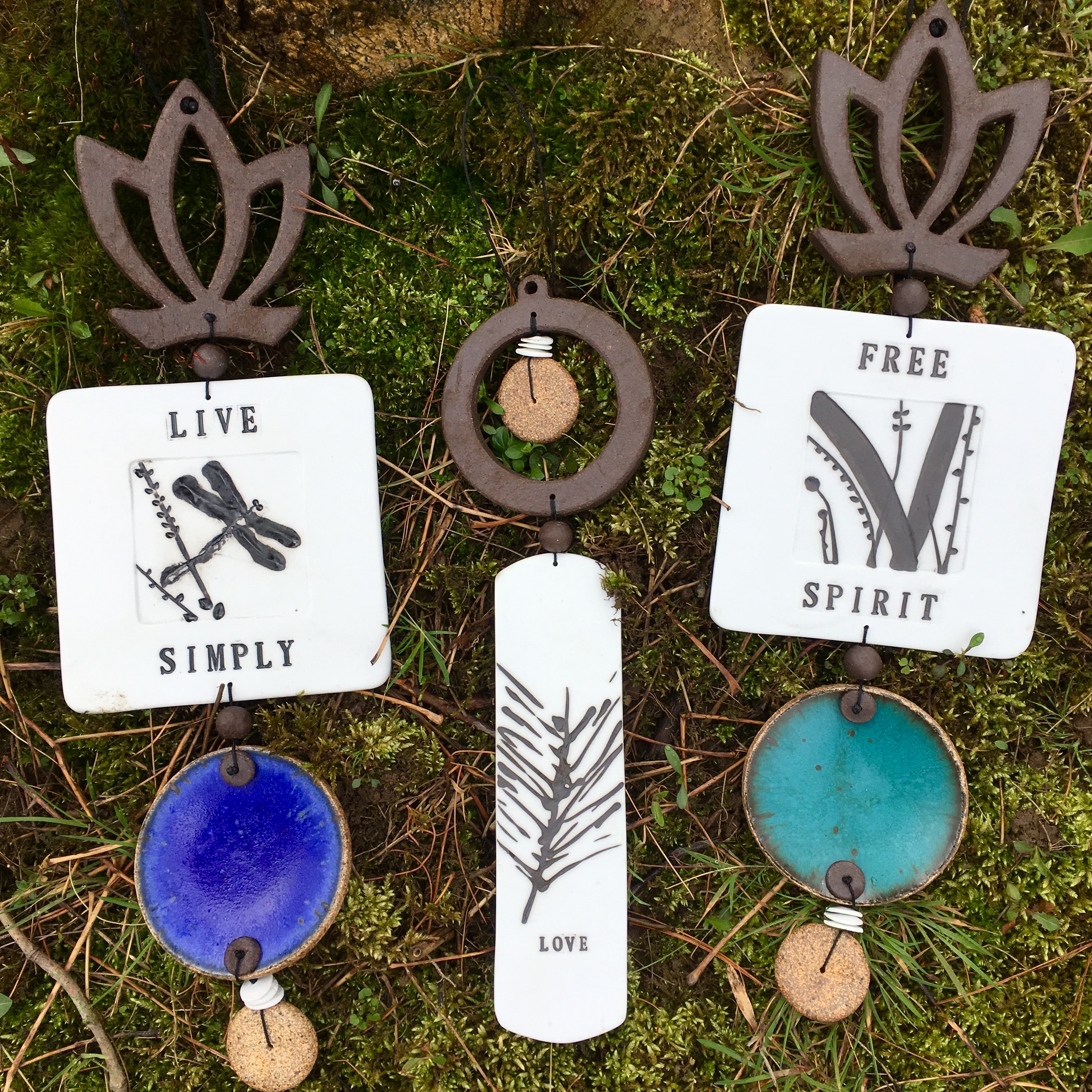
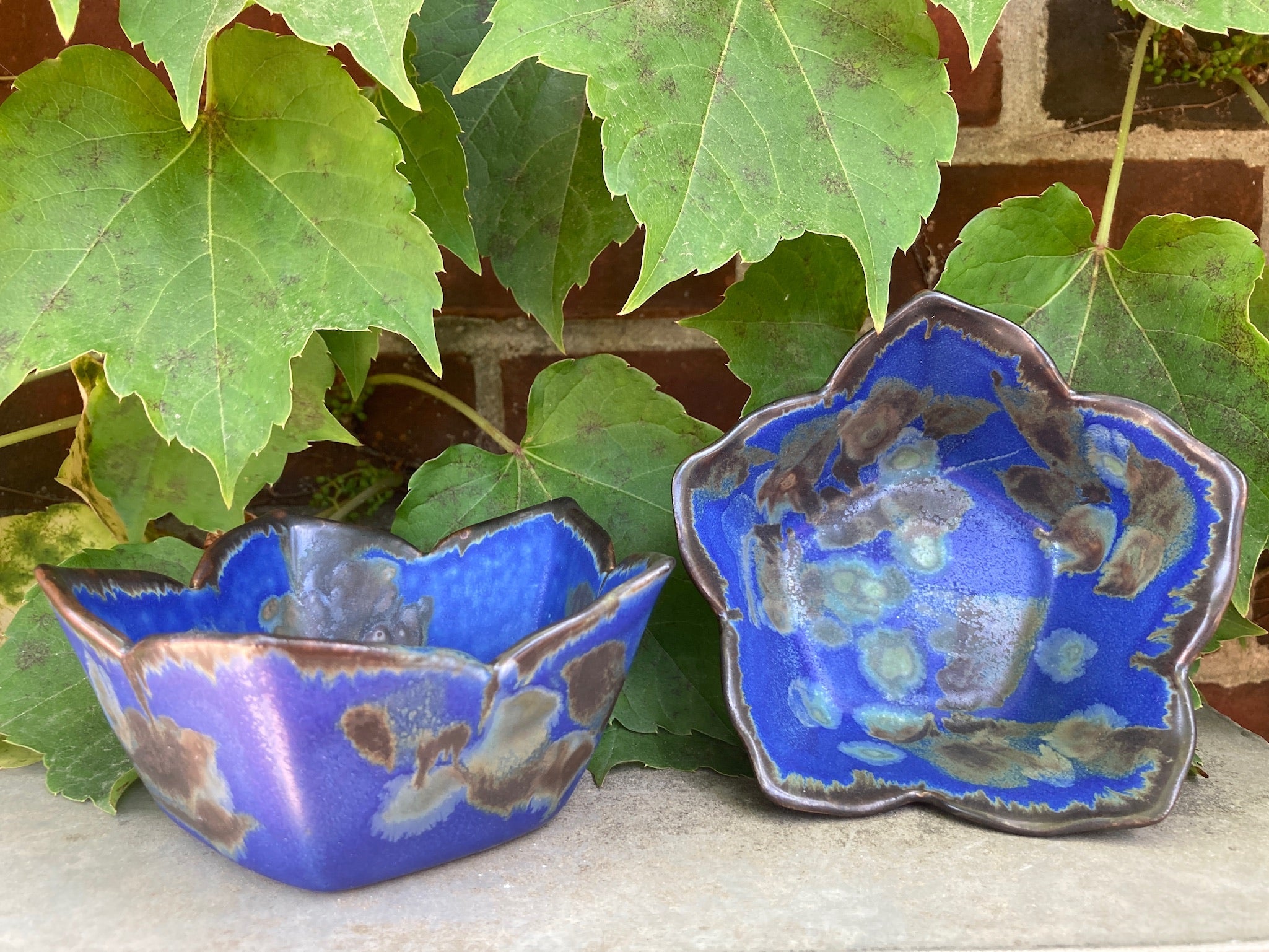



Leave a comment